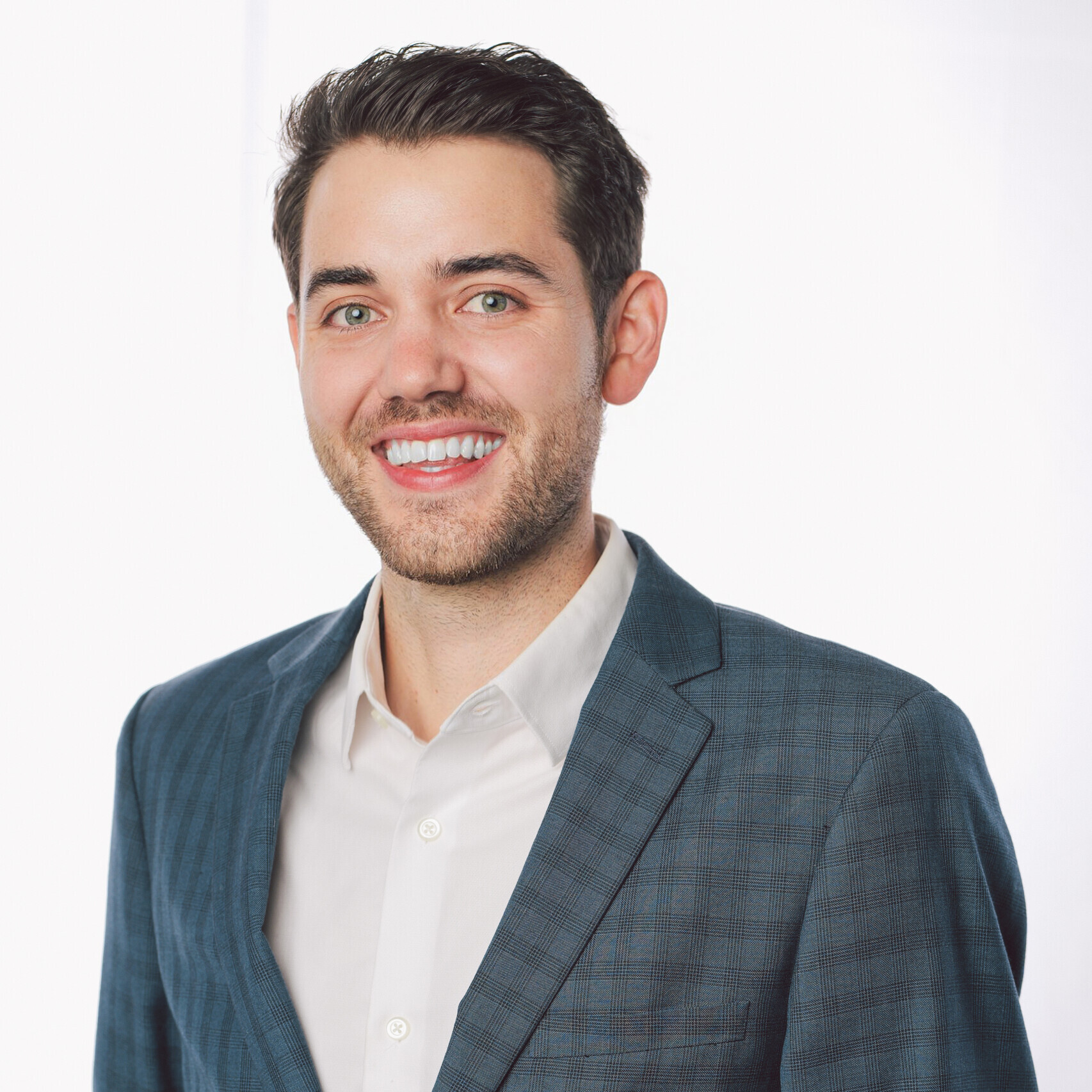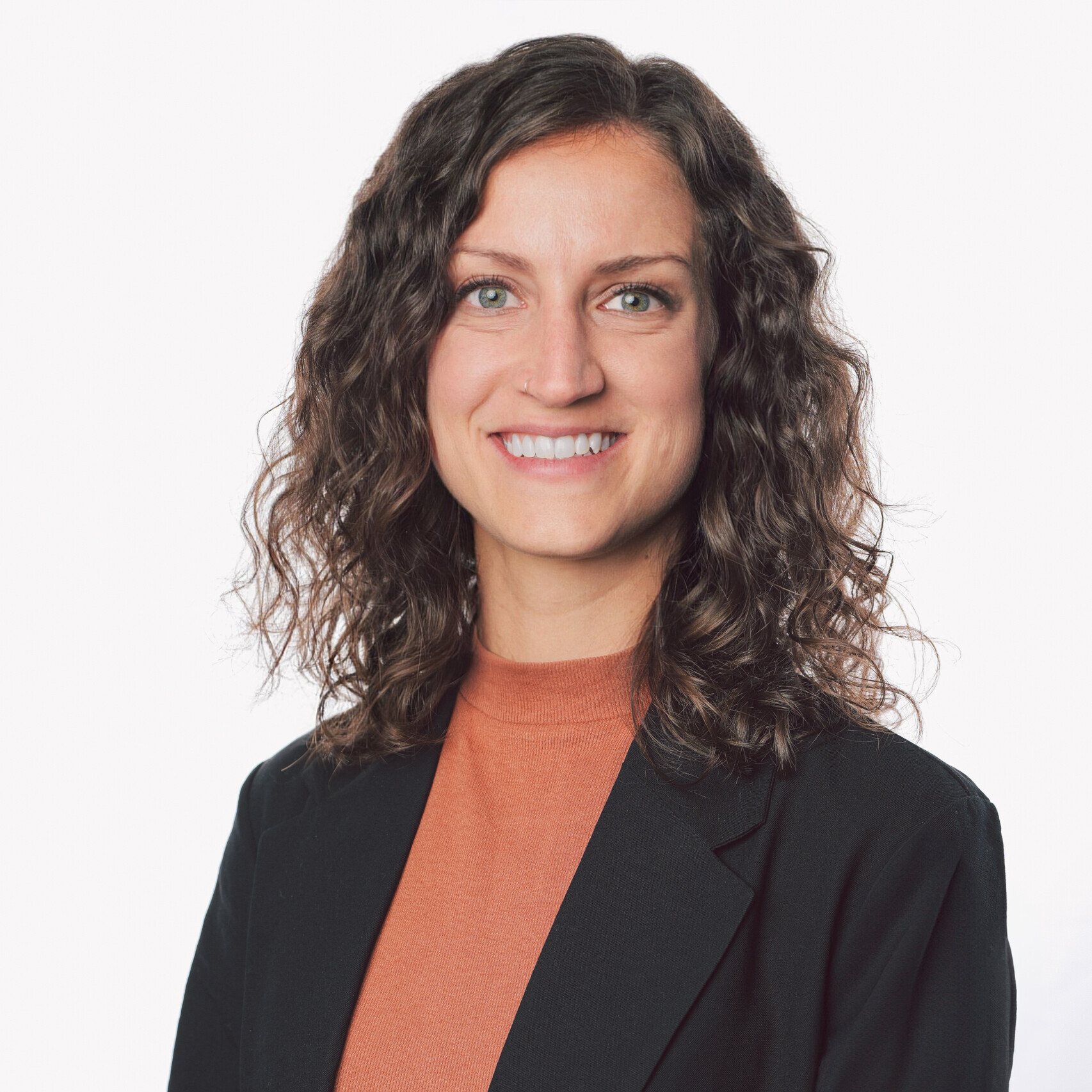Agency and Co-Authoring Thriving in Colorado Schools
Key Points
-
Flexible learning environments can accentuate the place-based elements of a school.
-
Agency over spaces and schedules results in pride of work and pride of school.

Over the last few months, we’ve been fortunate to accompany school leaders to some outstanding Colorado schools. Many of them we’ve written about before (St. Vrain, Eagle Rock, and Cherry Creek), but these most recent trips have highlighted new learning models from Commerce City to Boulder.
The STEAD School
In Commerce City, Colorado, a new project-based school concept called STEAD is reimagining what it means to have a school and a farm in the community. Sitting on the footprint of a former 10,000-acre farm, this school is committed to continuing to develop leaders in agriculture through nimble, hands-on learning and flexible pathways.
The public charter serves 370 students in grades 9-11, with its first graduating class beginning 12th grade next year. Grades 9-10 are a cohort band resulting in numerous cross-grade learning experiences.
Through partnerships with Colorado State University, Denver Botanic Gardens and Together We Grow, the school is able to deliver on four primary pathways: animal, plant, environmental, food science, within which there are over 3000 career possibilities. The school model also features accelerator weeks which give the students short sprint-like opportunities to develop projects, connections and learn what they like to do.
On the campus is the Seed Lab, a one-acre farm, a greenhouse and three steel structures filled with flexible learning spaces. The one-acre farm grows vegetables and leafy greens that directly integrate with the school lunch and culinary programs. Moving forward, there will also be stables on the site where students will get hands-on veterinary experiences. To keep the summer garden alive, they launched STEAD Market where students are hired to run the garden and facilities over the summer. To graduate, these students complete a minimum of one Supervised Agriculture Experience (SAE) internship

When talking with students, we heard that they most appreciate the student/teacher relationships, which often show up in their ‘hive,’ an advisory model that supports students in portfolio creation, career exploration and more.
They think of the campus as if it were a college, many of the buildings and spaces are named based on donors as a result of how they were able to source the funding and students find themselves frequenting common spaces and controlling their environment to maximize collaboration. STEAD students are also part of Future Farmers of America and soon will be the largest contingent in America.

Watershed School
Nestled against the foothills of Boulder, Colorado, Watershed School fosters a community of intellectually curious and socially conscious learners. Since it was established in 2004, Watershed has been committed to cultivating an educational experience that bridges academic rigor with real-world engagement, preparing students to become active participants in shaping a better world.
At Watershed, learning happens beyond textbooks and outside of classroom walls. Students are encouraged to explore their passions, question assumptions and challenge conventional thinking. The curriculum comprises both Skills and Expedition courses, with the intention of engaging students in work that matters and is based on the 25 global goals referenced in Difference Making at the Heart of Learning.

A cornerstone of Watershed is the belief that education should be deeply rooted in a sense of social responsibility. Students are actively engaged in service learning projects, tackling issues from conservation to community development. These experiences foster empathy, compassion and a deep understanding of the interconnectedness of our world.
Watershed graduates carry with them a sense of purpose and the transferable skills to make a positive impact on the world. As students navigate the complexities of a rapidly changing world, Watershed provides them with the tools and the courage to help shape a world that is sustainable, equitable and filled with possibility.

Compass Community Collaborative School
Established in 2017, Compass Community Collaborative School in Fort Collins, Colorado, is a learner-centered competency-based public charter school. A sign hangs above the entrance to the school building that reads “WE STILL LOVE SCHOOL Real World Learning in Real Times.”
At Compass, the traditional classroom model gives way to a dynamic learning environment where students take ownership of their education. Students build their personalized learner record, through Mastery Transcript Consortium, moving through levels of autonomy based on mastery of competencies throughout their middle and high school years.

Treating the community as their campus, students collaborate with local institutions and organizations such as No Barriers, Colorado State University and OtterCares to do research, participate in internships, utilize outdoor learning spaces and dive deep into projects that address community needs. Compass is a part of the Big Picture Learning network, and real-world learning, authentic assessments, teacher professional development, post-secondary planning, leaving to learn experiences and advisory are all integral components of the school.
A typical day in the life of a Compass student begins with three Studio courses in the morning, such as Math, Spanish, and ELA, a 90-minute Advisory class, and then the rest of the afternoon is spent in their Venture course. Wednesdays allow for Electives and an extended deep dive into their Venture course. Compass designs each Venture to cover skills and knowledge across competencies while peaking student interest, frequently considering student input and requests as they develop and build new courses each year. One course currently being offered is “The Art and Science of Cosplay” where students design their own costumes incorporating coding in Python.
These schools are great examples of flexible learning environments and the many benefits of embedding in community.

Mason Pashia




0 Comments
Leave a Comment
Your email address will not be published. All fields are required.